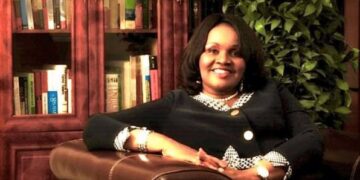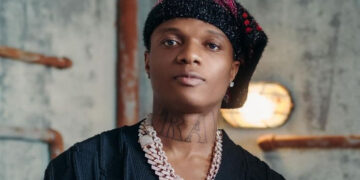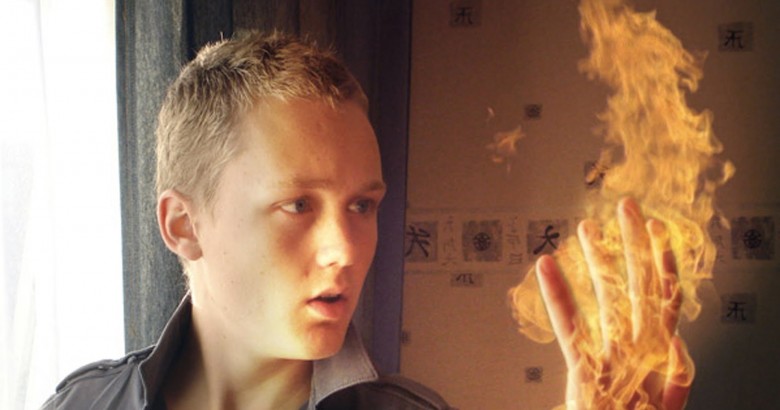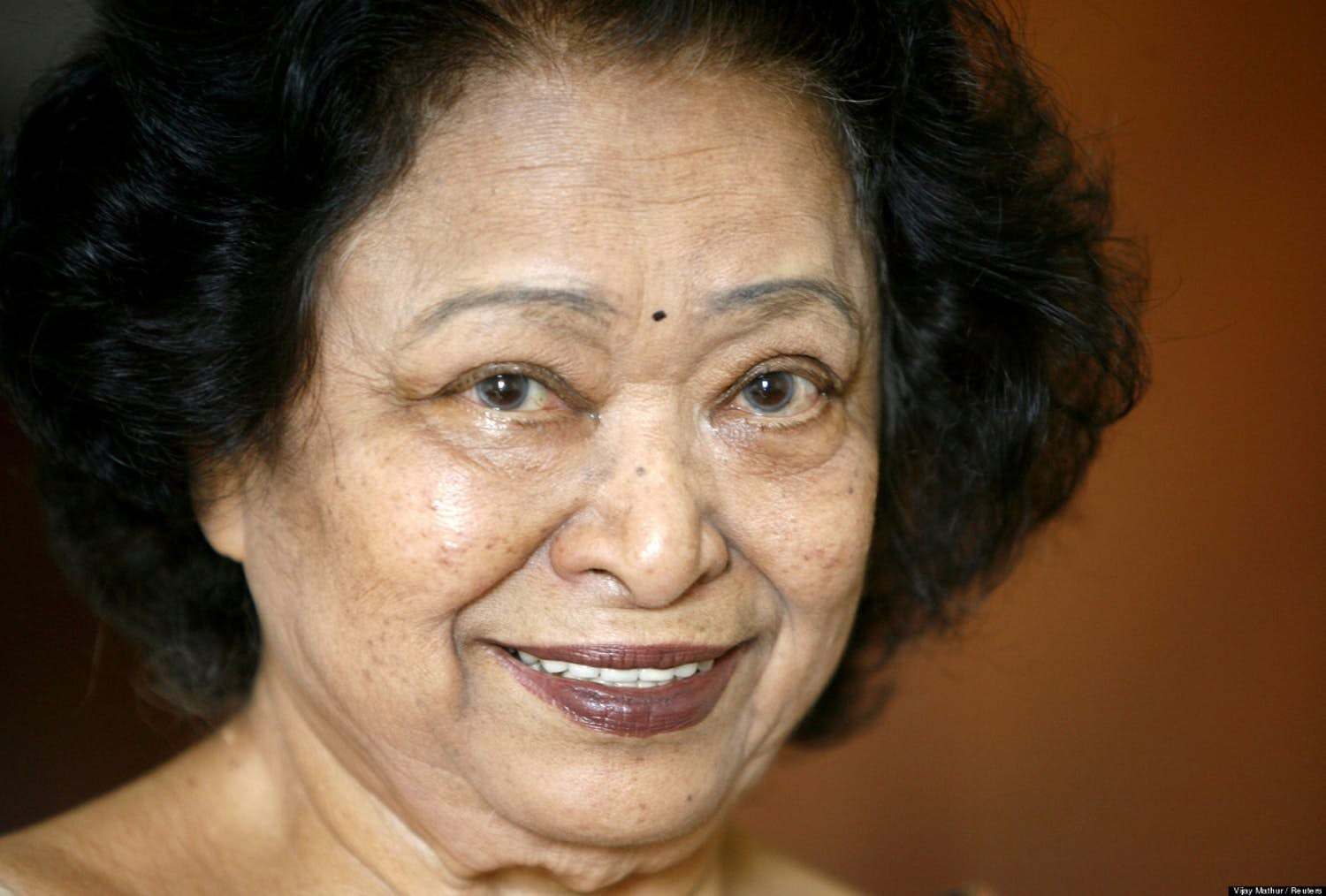10. Seeing Music – Arthur Lintgen
Most people will find it hard to read and write a second language, especially if it has a different set of alphabets. However, American physician Arthur Lintgen can read the grooves on old phonographs and precisely tell you what music is on it. How’s that for an ability?
Arthur can also look at the grooves and contours on a phonograph and tell if the music is played loud or soft within a matter of seconds. But Arthur Lintgen doesn’t claim any superhuman powers. He makes it very clear that his ability is limited to music by and after Beethoven. When asked to identify an Alice Cooper album, Arthur said it “looked disorganized” and “like gibberish”. Nevertheless, the ability to look at grooves on a record and know what music is about to be played is an amazing talent and is a testament to both Arthur’s memory and the incredible ways one’s brain can decipher information.
9. The Human Computer – Shakuntala Devi
The late great Shakuntala Devi is proof that the human brain is capable of extraordinary feats, like solving extremely complex arithmetical equations faster than some computers. At the University of California Berkley, Shakuntala was asked by Professor Arthur Jensen to calculate the cube root of 61,629,875, and the seventh root of 170,859,375. To the professor’s shock, Shakuntala delivered her answers (395 and 15, respectively) even before Jensen could copy them down in his notebook!
While Shakuntala Devi is known around the world for her immensely powerful brain, she’s also a pioneer in the gay rights movement. In 1977, Shakuntala wrote a book titled The World Of Homosexuals, which was the first official study of homosexuality in India. The book went unnoticed at the time, but has gained popularity recently as the first of its kind.







































Discussion about this post